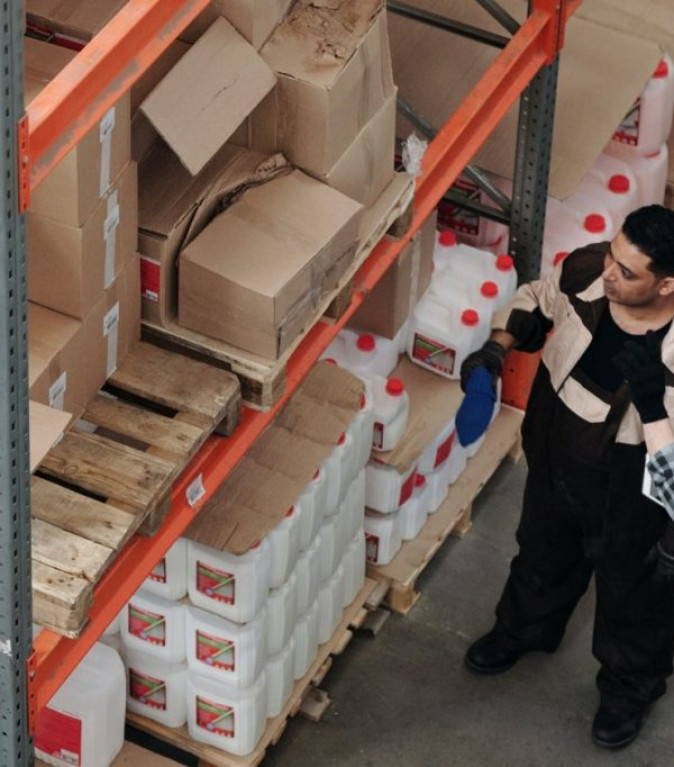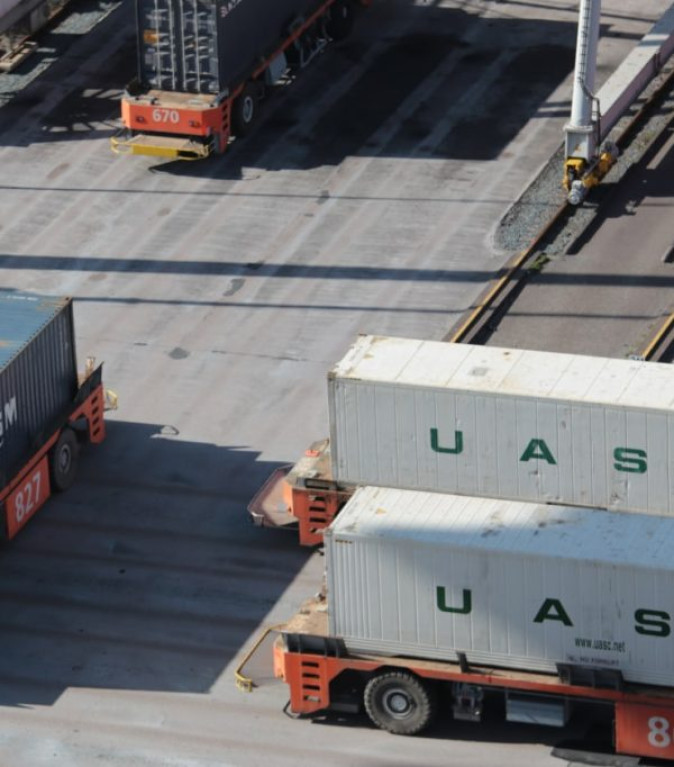Cargo Transport To Continental Wide Area.

Cargo Transport To Continental Wide Area.
When it comes to choosing the right type of foundation for your building project, the stakes can feel pretty high.You might be asking yourself questions like:
- What type of foundation will best support my structure?
- How do soil conditions impact my choice?
- Am I looking for something cost-effective yet durable?
Let’s dive into this together, breaking down the essentials in a way that’s easy to digest.
Understanding Foundation Types
In the world of construction, foundations are generally divided into two main categories: shallow and deep foundations. Each has its unique characteristics and applications.
Shallow Foundations
Shallow foundations sit close to the ground surface. They’re perfect for light to medium-weight structures. Here’s a quick rundown:
- Spread Footings: These are rectangular or square bases that support individual columns. They’re common in residential builds because they’re economical and straightforward.
- Slab-on-Grade: This type involves pouring concrete directly onto prepared soil. It’s great for areas with minimal frost and is often used in homes and light commercial buildings.
- Mat Foundations: Also known as raft foundations, these spread the load over a larger area, making them ideal for buildings with heavy loads or weak soil conditions.
Pros of Shallow Foundations
- Cost-effective and simple to construct.
- Require less excavation, saving time and materials.
Cons of Shallow Foundations
- Not suitable for heavy structures or poor soil conditions.
- Vulnerable to changes in moisture levels.
Deep Foundations
Now, if you’re dealing with weak or compressible soil layers, deep foundations are your go-to option. They transfer the load to deeper, more stable soil. Here are some types:
- Pile Foundations: Long, slender structures made from wood, concrete, or steel driven deep into the ground. They’re essential in areas prone to seismic activity or where surface soil isn’t reliable.
- Drilled Shafts: These involve drilling deep holes and filling them with concrete. They're excellent for heavy structures where stability is crucial.
Pros of Deep Foundations
- Provide greater stability on poor soils.
- Better resistance against uplift forces from wind or earthquakes.
Cons of Deep Foundations
- More complex and expensive.
- Installation requires specialized equipment and techniques.
Making Your Choice
So, how do you decide which foundation is right for your project? Here are some key factors to consider:
- Soil Conditions: Always start with a soil test. This will help determine whether you need a shallow or deep foundation.
- Building Load: Assess how much weight your structure will bear. Heavier buildings typically require deeper foundations.
- Budget: Consider your financial constraints. While deep foundations offer stability, they can be significantly more expensive than shallow options.
- Local Regulations: Check local building codes as they may dictate specific foundation types based on geographical considerations.
Conclusion
Choosing the right type of foundation for your building project is crucial for ensuring safety and longevity.By understanding the differences between shallow and deep foundations, you can make an informed decision that meets your project's needs while keeping costs manageable.Remember, it’s not just about what looks good on paper; it’s about what will stand the test of time beneath your building.Now that we’ve unpacked this topic, I hope you feel more confident about making your choice.

